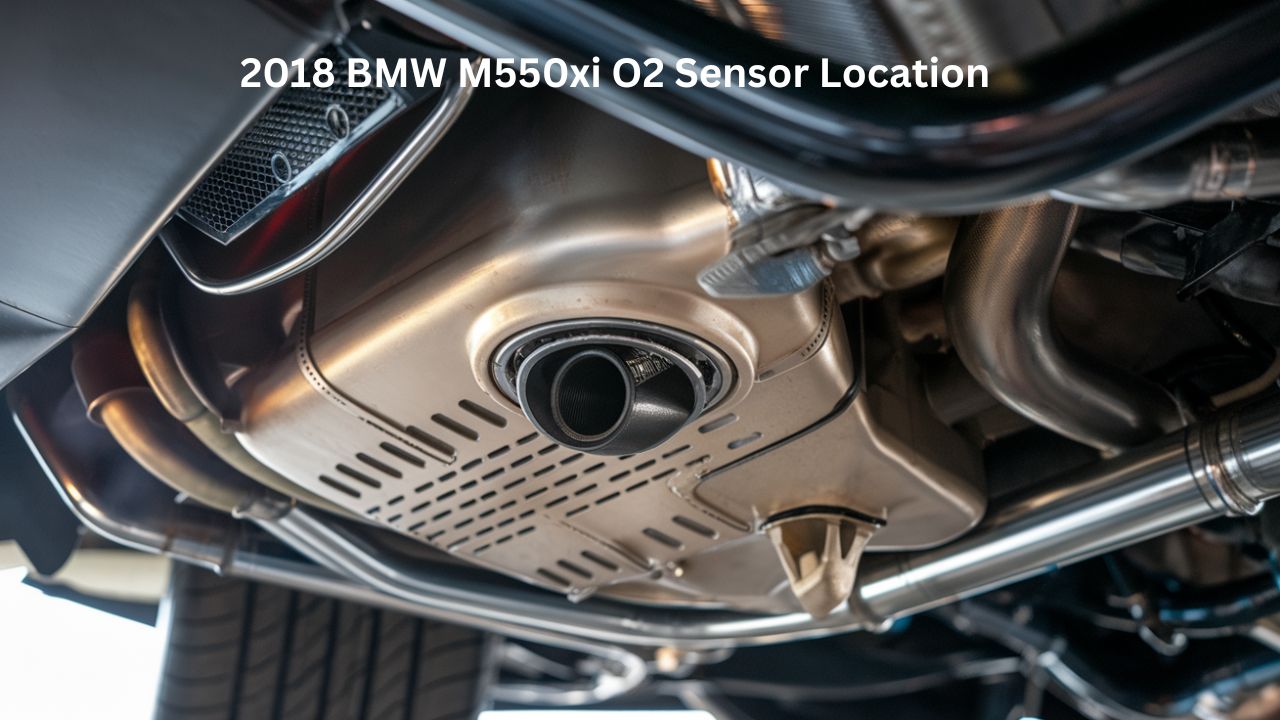Understanding Scrap Metal
Scrap metal recycling is a crucial eco-friendly practice in today’s world. Many households and businesses generate scrap metal, which, if properly prepared, can be recycled into new products. Understanding what constitutes scrap metal and its recycling potential is the first step toward responsible recycling. Metal recycling helps conserve natural resources and contributes significantly to energy savings, proving beneficial for both the environment and the economy.
In essence, scrap metals are discarded metal parts and products, ranging from aluminum cans and copper wires to larger items like appliances and vehicles. Depending on their iron content, these metals can be classified into ferrous and non-ferrous categories. Familiarizing oneself with these different types aids in effective sorting and preparation, as each type follows a distinct recycling path.
The Importance of Proper Preparation
Proper scrap metal preparation is paramount for recycling efficiency. Prepared metals are easier to process and result in higher-quality recycled products. Furthermore, properly sorted and cleaned metals fetch better prices from recycling facilities. As such, investing time and effort in preparation benefits the environment and can yield financial returns. Preparedness in recycling facilitates a smoother process in facilities and leads to more sustainable outcomes. As industries adapt to eco-friendly practices, the demand for high-quality scrap metal continues to rise, making preparation an essential aspect of recycling.
Step 1: Sorting Your Metals
Sorting scrap metal is the first crucial step in its preparation. Begin by distinguishing between ferrous and non-ferrous metals. Ferrous metals are magnetic and typically include materials like steel and iron. Non-ferrous metals, such as copper, aluminum, and brass, do not contain iron and are non-magnetic. This distinction is important as it determines each metal’s recycling route.
Once you’ve identified the type of metal, separate them by placing them in distinct containers. This will simplify the recycling process and ensure each type is handled according to specific requirements. Organizing metals by category enhances their value and efficiency in terms of recycling.
Step 2: Cleaning Your Metals
Cleaning your metals is another essential step to ensure they are in optimal condition for recycling. Metals should be free of non-metallic attachments, such as rubber, plastic, or fabric. Additionally, removing any dirt, grease, or oil that might be present is important, as these substances can contaminate the recycling process and diminish the quality of the recycled materials.
Simply rinsing them with water is often sufficient for regular items like cans or metal sheets. Using degreasers or similar cleaning agents might be necessary for more stubborn contaminants. Once cleaned, allow the metals to dry completely to prevent unwanted moisture from affecting their weight or recycling process.
Step 3: Separating Different Types of Metals
In addition to sorting by ferrous and non-ferrous classifications, separating metals based on their specific types is also advisable. For instance, you might have various aluminum-based products that differ in alloy composition. Keeping these separate can enhance the recycling potential of each metal type.
Using a magnet is a simple way to test for ferrous content. Once separated, label containers with the type of metal they contain to simplify transport to recycling facilities. This clarity makes logistics straightforward and helps recycling centers process your materials more efficiently.
Step 4: Using Local Recycling Facilities
Utilizing local recycling facilities ensures that your prepared scrap metal is handled properly. These centers are equipped to process large quantities of metal, converting them into reusable materials. Supporting local facilities also helps reduce transportation emissions, contributing further to environmental conservation.
Research nearby recycling centers to find out which metals they accept and what preparation guidelines they might have. Some facilities even offer collection services, making recycling easier without the hassle of transport.
Safety Tips for Handling Scrap Metal
Handling scrap metal safely minimizes the risk of injury and ensures a smooth recycling process. Wear protective gear, such as gloves and eye protection, to guard against sharp edges and flying debris. Be cautious of heavy metals, as improper handling might result in strains or accidents.
Additionally, be aware of any hazardous substances, and ensure these are isolated or neutralized before handling the metals. Facilities that offer guidance on handling protocols should be consulted to stay informed about the best safety practices when dealing with scrap metal.
Conclusion: Benefits of Recycling Prepared Scrap Metal
Recycling prepared scrap metal conserves natural resources and reduces energy consumption and pollution. It supports a sustainable approach to industrial manufacturing and minimizes landfill usage. For businesses and individuals alike, participating in recycling starts with meticulous preparation. As the world shifts towards more sustainable practices, the capacity of scrap metal recycling to mitigate environmental impacts while contributing economically becomes increasingly significant.
In closing, adhering to these preparation steps ensures that scrap metal recycling remains an effective component of environmental management strategies. By embracing this approach, we help safeguard the environment while reaping the benefits of recycled materials.











